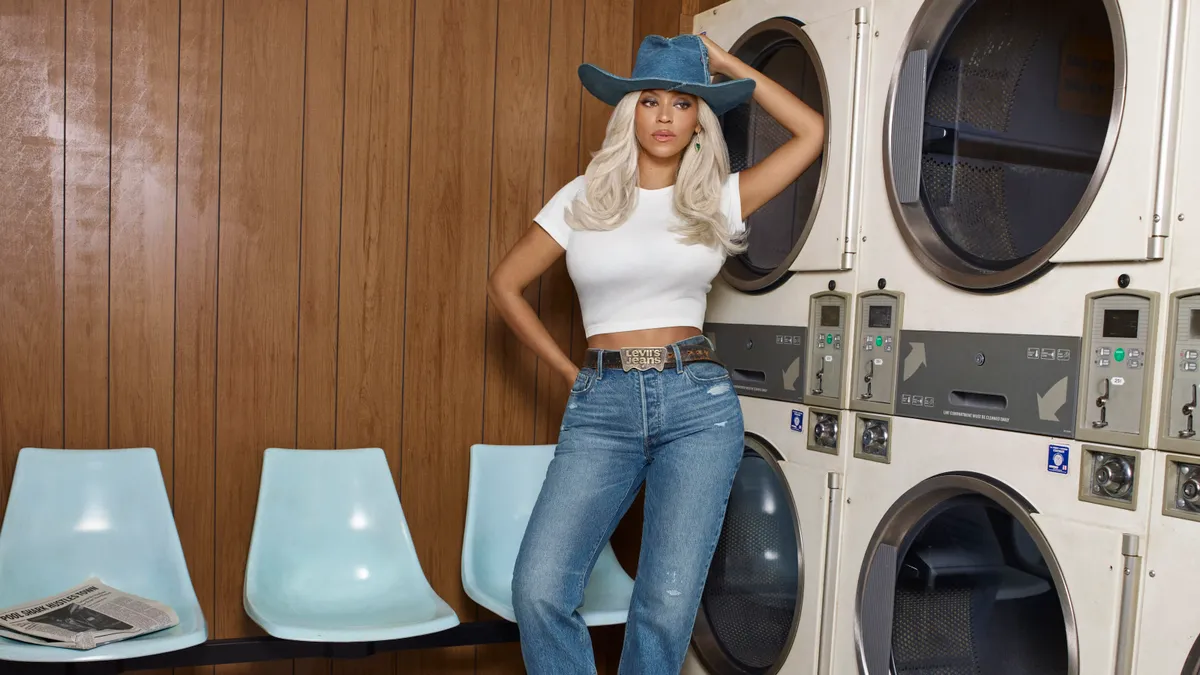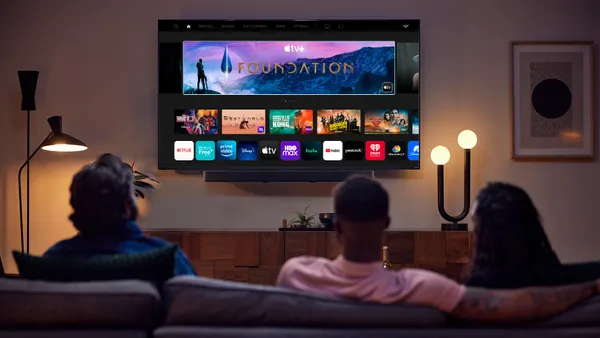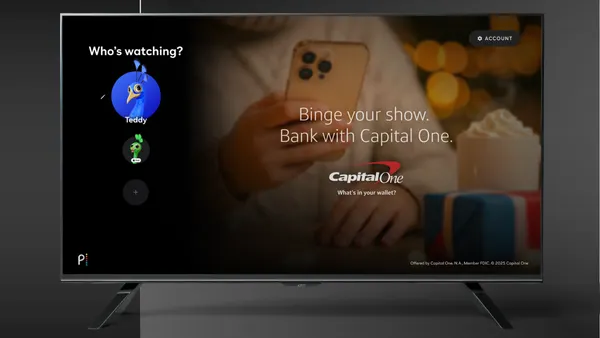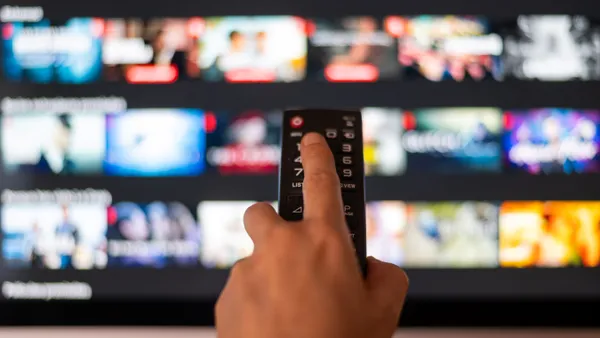While mobile is certainly making a run for it, 2015 might be the year of programmatic.
In recent months the advertising and publishing industry has been hurdling forward to make programmatic the main form of ad buying. Originally developed for display ads, programmatic -- automated buying of advertising through technology -- is proving its worth in other arenas like TV, radio and even print.
Programmatic spending online is predicted to double and hit $20 billion by 2016, while programmatic spending on TV right behind with estimates of it hitting $10 billion by 2019.
These are a handful of key, trailblazing players driving the shift towards programmatic buying, causing an industry-wide response along the way:
Pangaea Alliance
Programmatic, for all its strengths -- automation, affordability, convenience -- has a few drawbacks. For starters, it’s hard to scale premium ad inventory through this method. And in the past, ad networks have held control of the ad technology capable of handling programmatic buying and selling. Publishers wanting to sell inventory on their digital properties traditionally have had to work with third-party networks and sell premium inventory through sales representatives.
That was until some publishers decided to take matters into their own hands. Major media firms CNN, Financial Times, the Guardian and Reuters teamed up to form the Pangaea Alliance. The four companies partnered to sell digital ad inventory (including premium) from its combined publications that reach hundreds of millions of readers.
The alliance put the power of ad placement in the media companies’ hands, eliminating the middleman and allowing for publishers to receive more of the financial benefits.
iHeartMedia
IHeartMedia (previously known as Clear Channel) has embraced programmatic, bringing it to an unexpected format: radio. Traditionally, radio ads were all purchased directly through sales representatives that would place sound bites into requested markets. Data pulled from radio stations’ listening areas was a manual process.
Earlier this year, iHeartMedia, which owns over 850 radio stations in the U.S., introduced new technology that would allow for advertisers to purchase radio time programmatically. The technology is powered by cloud-based tech vendor Jelli and allows brands and marketers to purchase radio inventory in a similar fashion to the online ad market. Through the new technology, advertisers have access to more specific targeting information such as purchase behavior.
Time Inc.
It might seem like a stretch for print publications to utilize programmatic ad technology, but for Time Inc. -- largest publisher of magazines in the U.S, with such publications as TIME, People and Sports Illustrated -- programmatic was an opportunity, not a hurdle.
Along with demand side platform MediaMath, Time Inc. developed a programmatic platform that allowed advertisers to automatically purchase inventory to appear in print. The first advertiser to jump on board was mega retailer Target who programmatically purchased print inventory appearing in People, Entertainment Weekly, TIME and Sports Illustrated.
Clypd
According to Magna Global spending in digital and in television will be equal by 2019. The gap closing is in part due to mobile, but programmatic buying options are also a factor.
Clypd introduced the first ad platform for TV that utilized the same programmatic ad technology used to sell in the digital space. Cable company Cox Media was early to sign on to sell its inventory with Clypd, and ad networks like Google, Brightroll and TubeMogul have also made deals to sell with the company.
Since Clypd introduced its platform, several other firms have taken steps in programmatic for TV including Nielsen, who purchased data and tech firm eXelate to better track television data.












